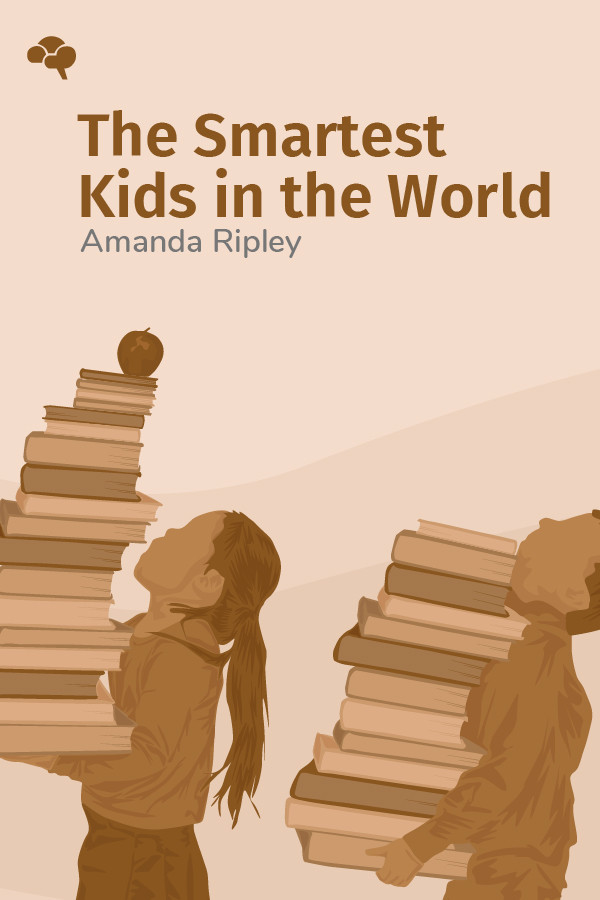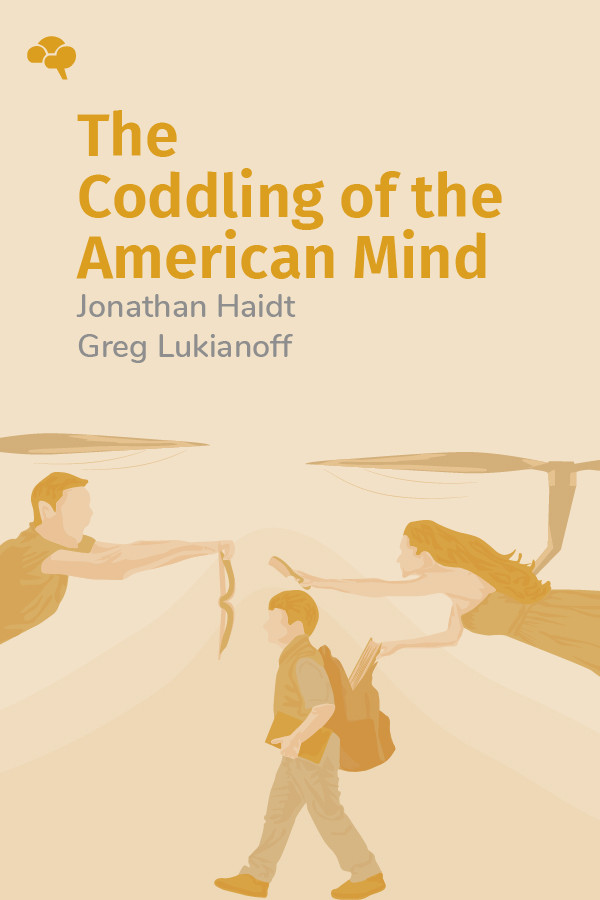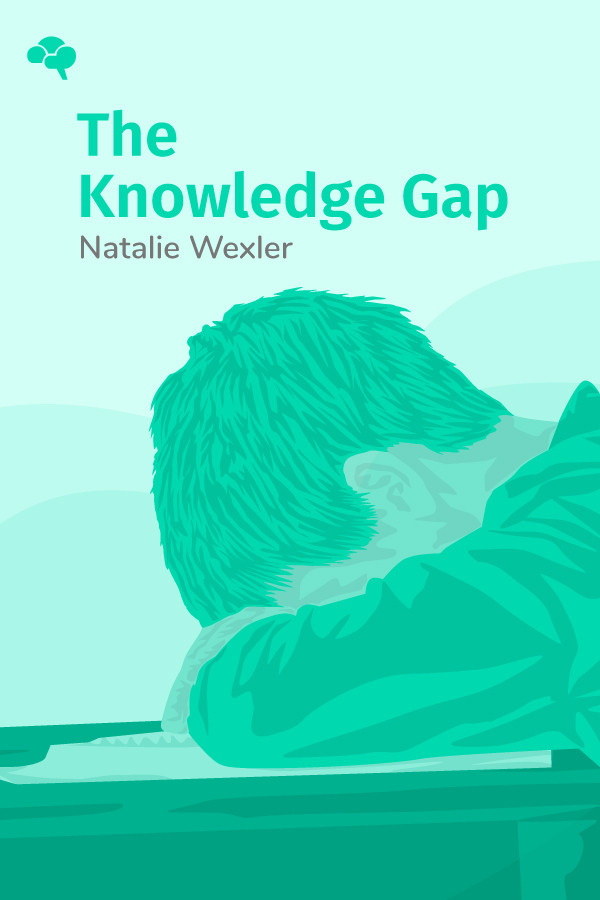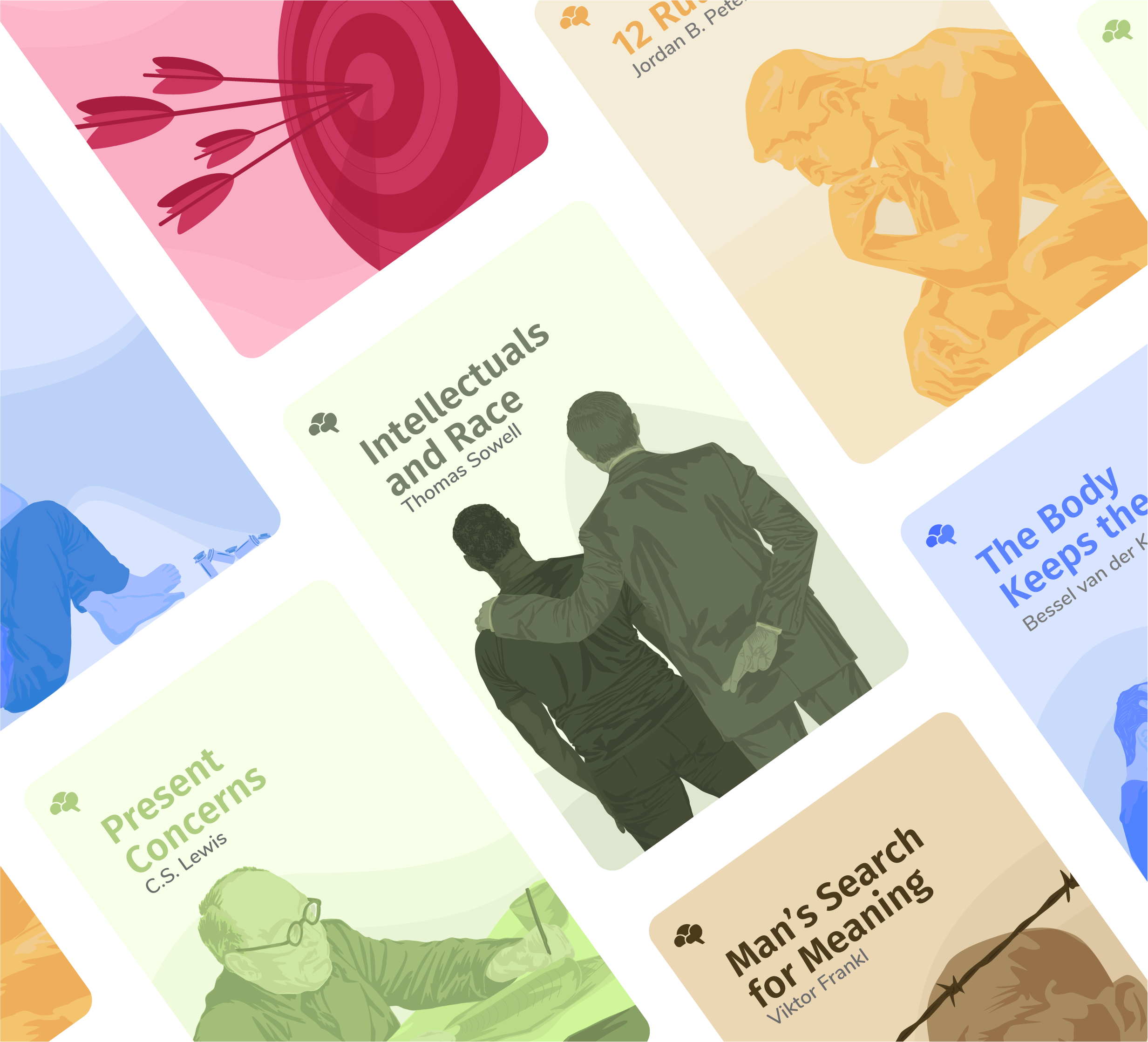

What You'll Learn:
TIMES reporter Amanda Ripley was in the habit of sidestepping stories on education—until she saw a graph showing the United States’ educational standing compared to other nations. The United States was consistently average. By contrast, three countries—Finland, Poland, and South Korea—had come out of nowhere, and are now topping the charts. What were they doing that the United States was not? Has the United States failed to understand what does and does not make for a quality education? The Smartest Kids in the World is the story of what these countries teach us about educating effectively. Ripley’s conclusions will surprise some.
Key Insights:
- The typical explanations for unevenly distributed success—like culture, race, and economics— are unconvincing.
- One of the best way to understand other educational systems is to interview exchange students.
- PISA is not a perfect test, but it is an innovative way of evaluating students’ critical thinking skills.
- South Korea’s pressure cooker model yields results, but at the cost of sleep-deprivation, stress, and no social life.
- After years of overly bureaucratic education, Finland’s new model is almost utopian.
- The metamorphosis model of education has brought Poland out of the pit in just 20 years.
- To identify a world-class education, observe the students in a classroom—not the teachers or open house brochures.




